Last updated on 2025-10-28
A review and sample photos of the CANON EF40mm F2.8 STM lens used with a digital SLR camera and a digital mirrorless camera.
- Please see the disclaimer regarding advertising here.
- Italicized links in the text are advertisement links that take you to other sites.
Table of contents

Gallery
The following cameras were used to take the sample photos:
Review
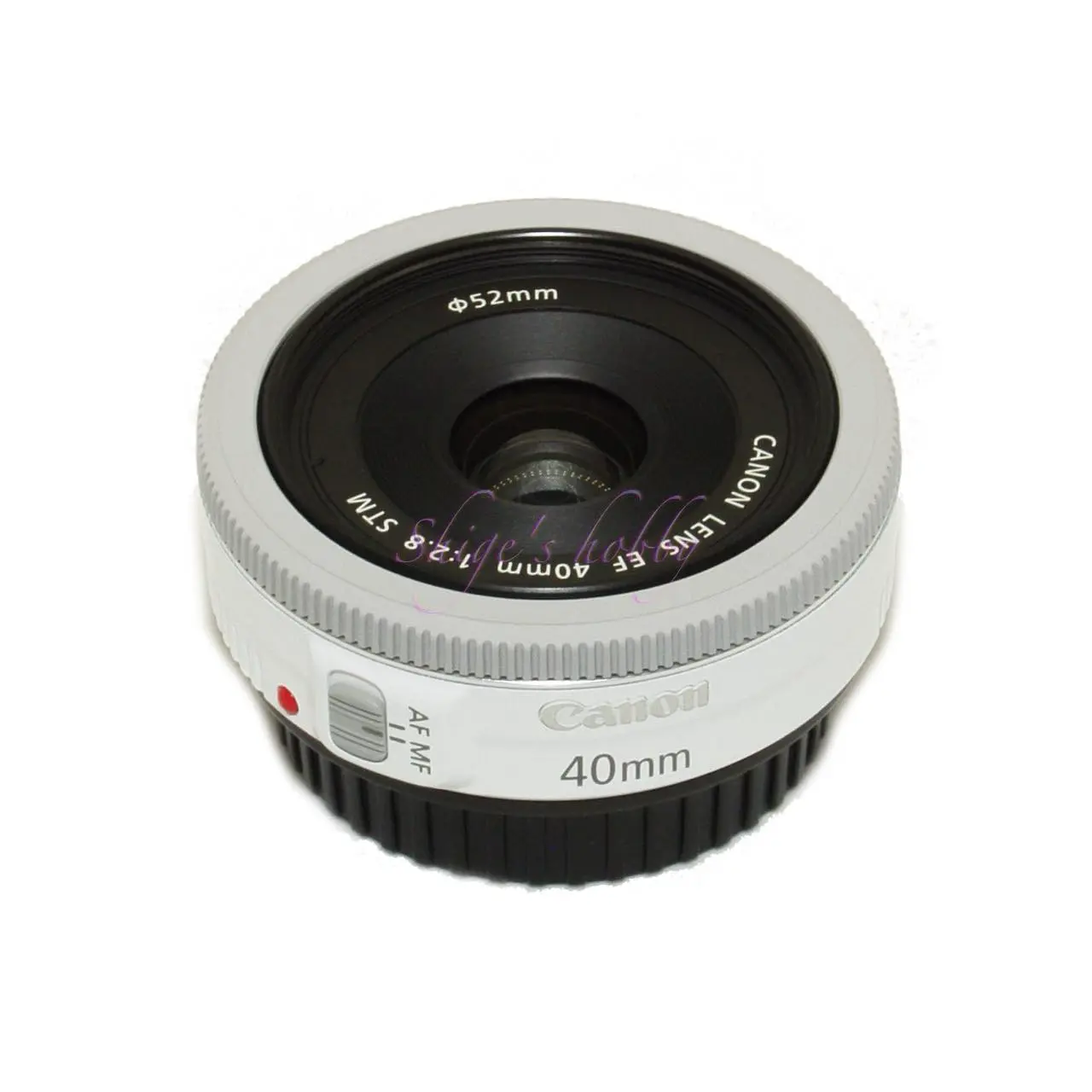
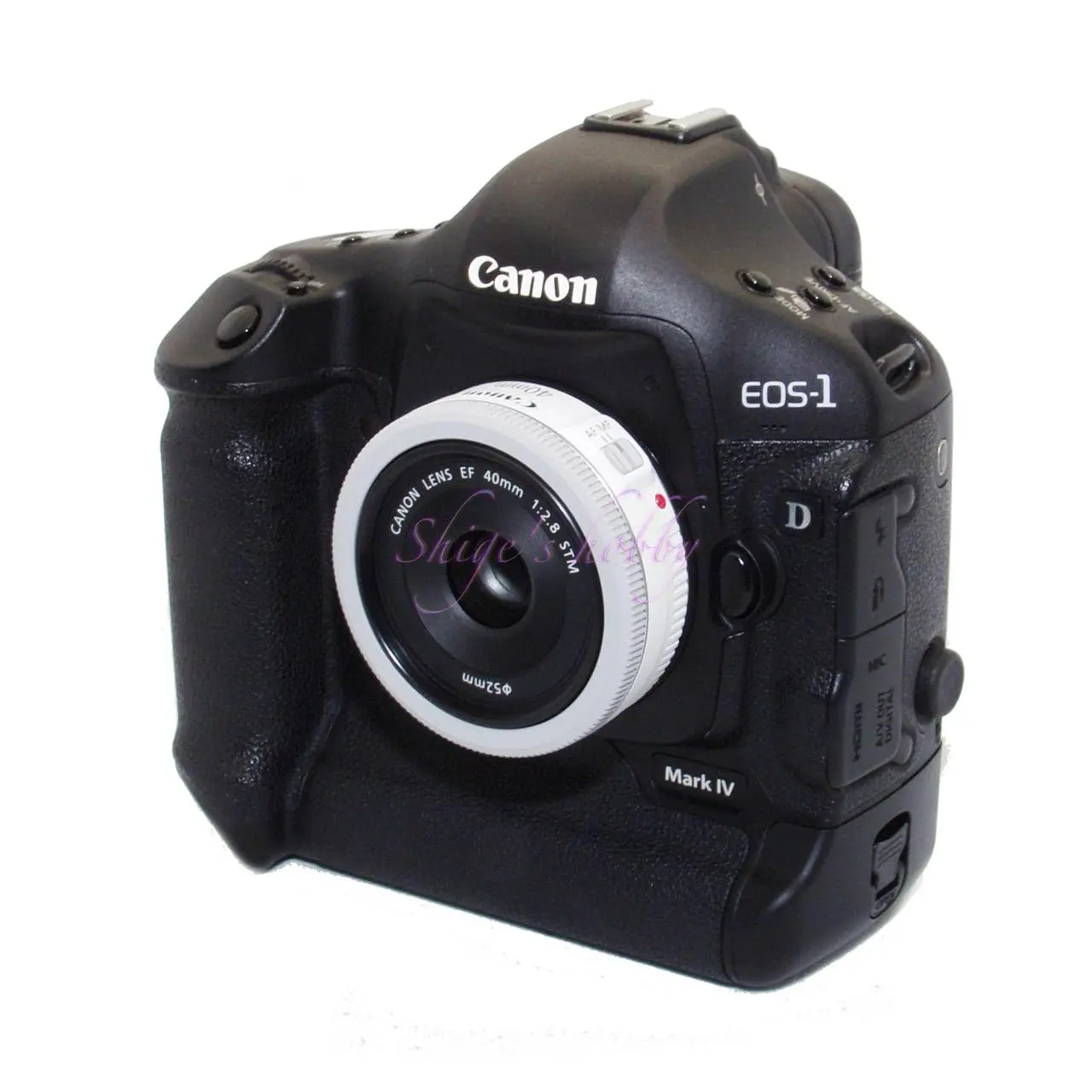
1.Overview
The EF 40mm f/2.8 STM is an autofocus pancake lens released in 2012.
The lens barrel features only a focus ring at the front and an AF/MF button on the side. Because it uses an electronic EF mount, aperture is controlled by the camera. Lens specifications are listed at the bottom of the page.
The lens retails for ¥23,000, and can be purchased used for just over ¥10,000.
2.Usability
The EF40mm f/2.8 STM’s image quality seems to be largely influenced by cost-cutting measures, with color bleeding visible in some scenes.
The lens is not inner-focusing, and the lens barrel moves back and forth when focusing.
The lens is at its thinnest at infinity, and the lens barrel moves closer to the subject as it approaches the minimum focusing distance.
There are advantages to being able to actually see the lens expand and contract; when shooting without a viewfinder, if you remember this lens position, when the lens is extended, the focus will be on close objects, and when the lens is not extended very much, the focus will be on distant objects.
The STM lens motor used for focusing is very quiet but not particularly fast.
Autofocus operating speed and focusing accuracy vary depending on the camera, so I’ve included my impressions of the cameras I used below.
■APS-H Sensor Digital SLR Camera
When used with the EOS-1D Mark-IV, the focal length is equivalent to 52mm in 35mm film format. While this is narrower than a 35mm full-frame sensor, this difference is not particularly noticeable.
However, one thing that bothers me about the results is the purple fringing that appears around the edges of trees at wide open apertures.
I had wondered if the sluggish autofocus speed was due to the lens drive motor (STM), but considering the speed of the SONY α7Sii (described below), I suspect it’s due to the older AF sensor. AF accuracy is particularly poor when shooting close up, with the focus point often slipping to the back.
While it looks a bit unbalanced when attached to the thick body of a DSLR camera, when attached to the square-shaped EOS-1D Mark-IV, the lens protrusion is eliminated, making it easier to store in a camera bag.
■APS-C Sensor Digital SLR Camera
When used with the EOS-7D, the focal length is equivalent to 64mm in 35mm film format. When used with an APS-C sensor camera, the focal length is 60mm (1.5x sensor) to 64mm (1.6x sensor), approaching that of a medium telephoto lens, resulting in a different impression than with a 40mm focal length. By using only the center of the lens and cropping the periphery, the image quality is improved.
The EOS-7D’s autofocus speed and accuracy are on par with the EOS-1D Mark-IV.
■35mm Full-Frame Sensor Mirrorless Camera
The lens was connected to the Sony α7Sii via a third-party Sony E-EF mount adapter, the Viltrox EF-NEX IV Lens Mount Adapter Ring. When used with a camera equipped with a 35mm full-frame sensor, the focal length is 40mm, as stated.
The mount adapter used with this lens allows manual focus by setting the AF/MF button on the side of the lens to MF. Manual focus can also be interrupted during AF operation, allowing for focus adjustments.
Focus accuracy is comparable to that of an EF-mount camera, but the AF focusing speed feels faster.
These images show purple fringing around the trees, similar to that seen with the EOS-1D Mark-IV. This is likely due to insufficient correction on the lens side.
The lens name recorded in the EXIF file at the time of shooting is “Sony 40-40mm F2.8 SSM OSS,” with an ultrasonic motor and image stabilization, which differs from the specifications of the attached lens. The SONY 40mm focal length lens is the “FE 40mm F2.5 G,” so it does not seem to be using the information from the original lens. I don’t know the details of how EXIF is generated, but it’s interesting to see where the information is generated.
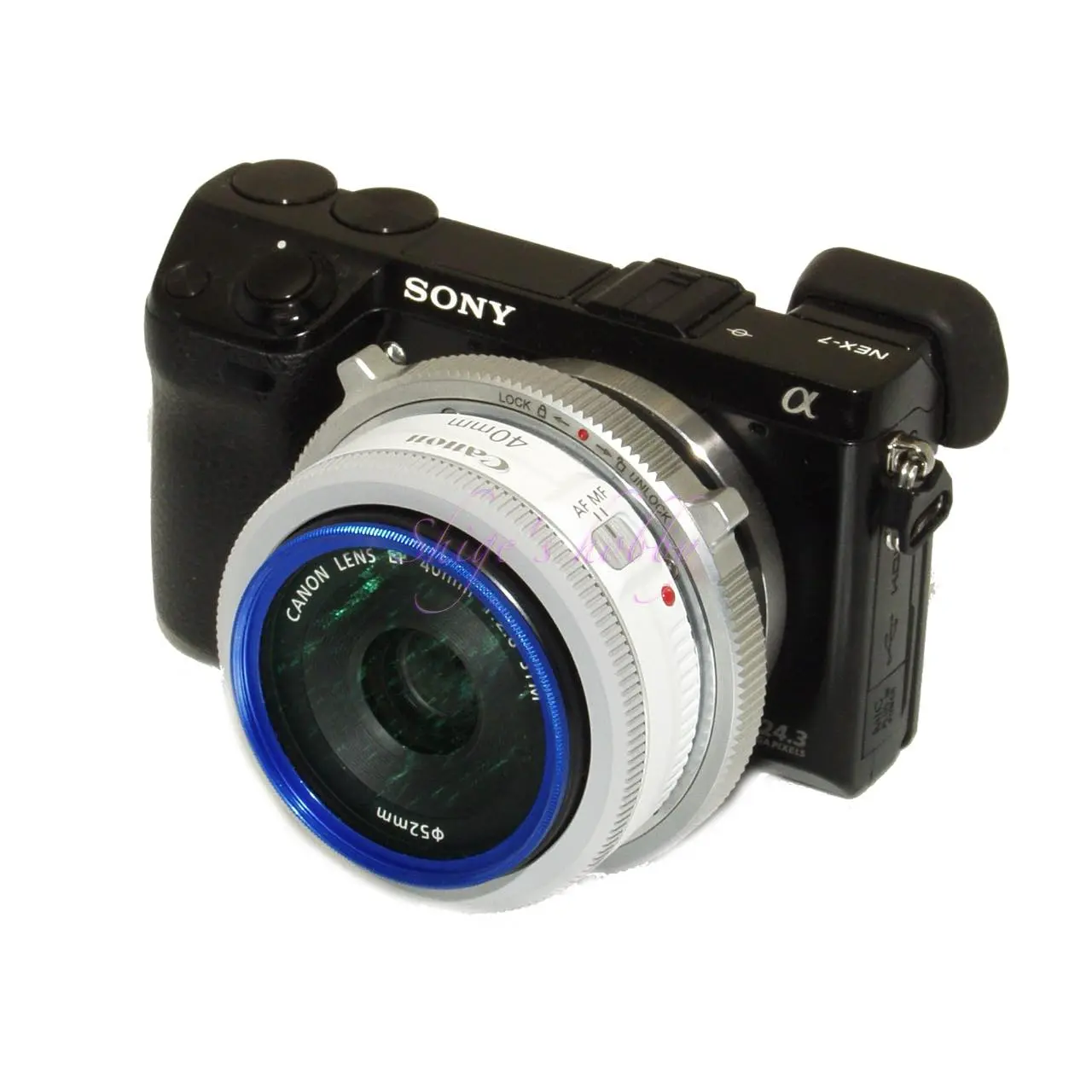
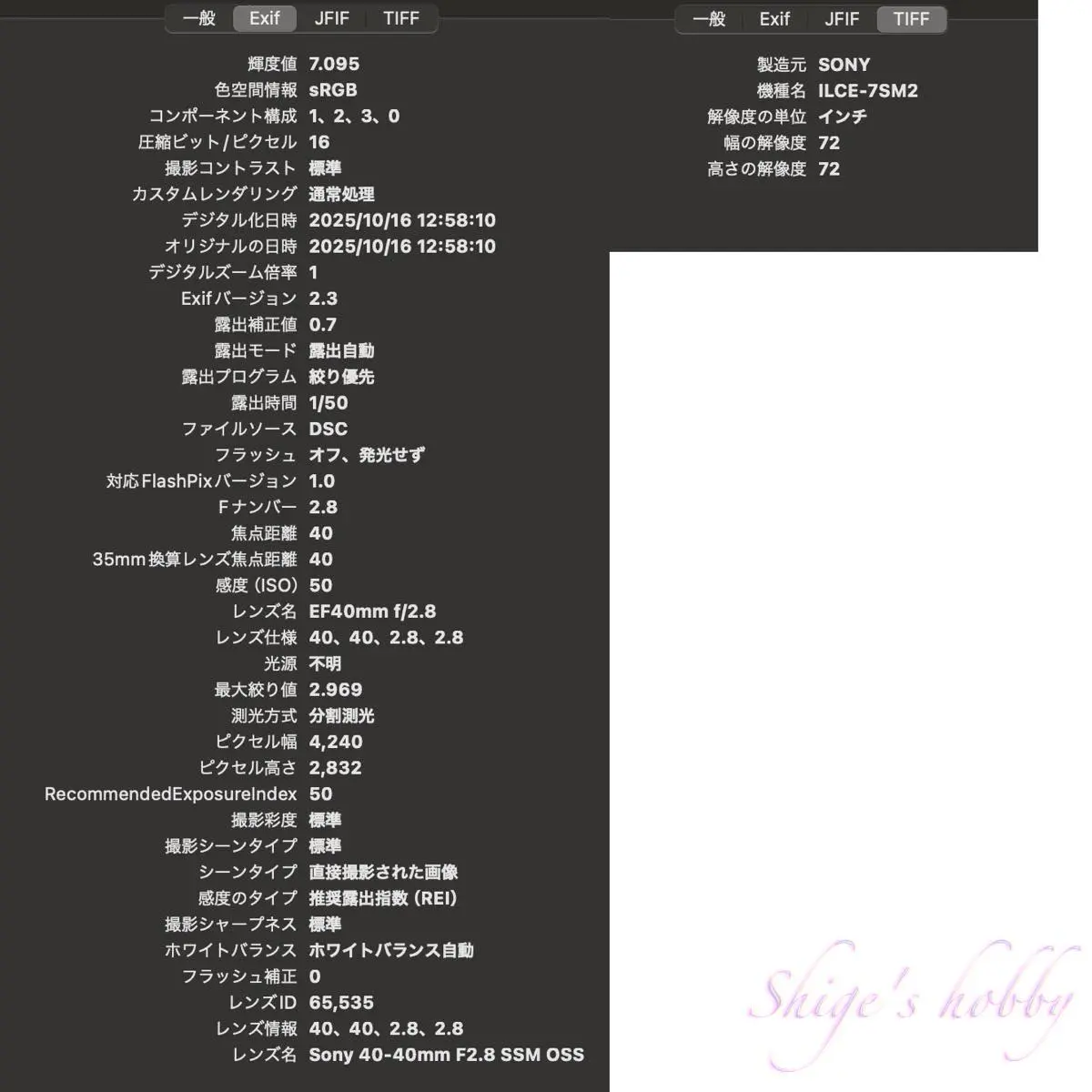
■APS-C Sensor Mirrorless Camera + Focal Reducer
To connect the lens to the Sony α NEX-7, I used a third-party Sony E-EF mount adapter with a focal reducer, the “Canon EF Lens to Sony E-mount T CINE Speed Booster ULTRA 0.71x.”
The 35mm equivalent focal length is 40mm * 1.5 (APS-C sensor magnification) * 0.71 (focal reducer magnification) = 43mm. This is close to the lens’s native focal length.
The focal reducer also increases the light collection efficiency by one stop, resulting in a maximum aperture of 43mm / F2 at maximum aperture.
Autofocus speed is comparable to the α7Sii, but focusing accuracy is more quirky than the α7Sii. With some subjects, even if the subject is in focus and the focus is confirmed by pressing the shutter button halfway, the autofocus will re-engage when the shutter button is pressed further, resulting in a blurred image.
The mount adapter used with this lens allows for manual focus by setting the AF/MF button on the side of the lens to MF. Manual focus can also be interrupted and the focus position can be changed even while AF is in operation.
I had thought that the focal reducer would magnify the image, making it softer at the edges and amplifying distortion, but as you can see from the sample images, I was surprised by the resolution, less blurring than expected, and the minimal distortion.
If it weren’t for the awkward grip I’ll discuss later, this would be a good choice as a mount adapter for cameras with APS-C sensors. Of course, this may not be the case depending on the characteristics of the original lens.
In the following examples, the left image is taken with an NEX-7 and Speed Booster ULTRA 0.71x, and the right is taken with an α7Sii. Both images were taken handheld but from the same position. The NEX-7’s longer focal length of 43mm means the shooting range is narrower.
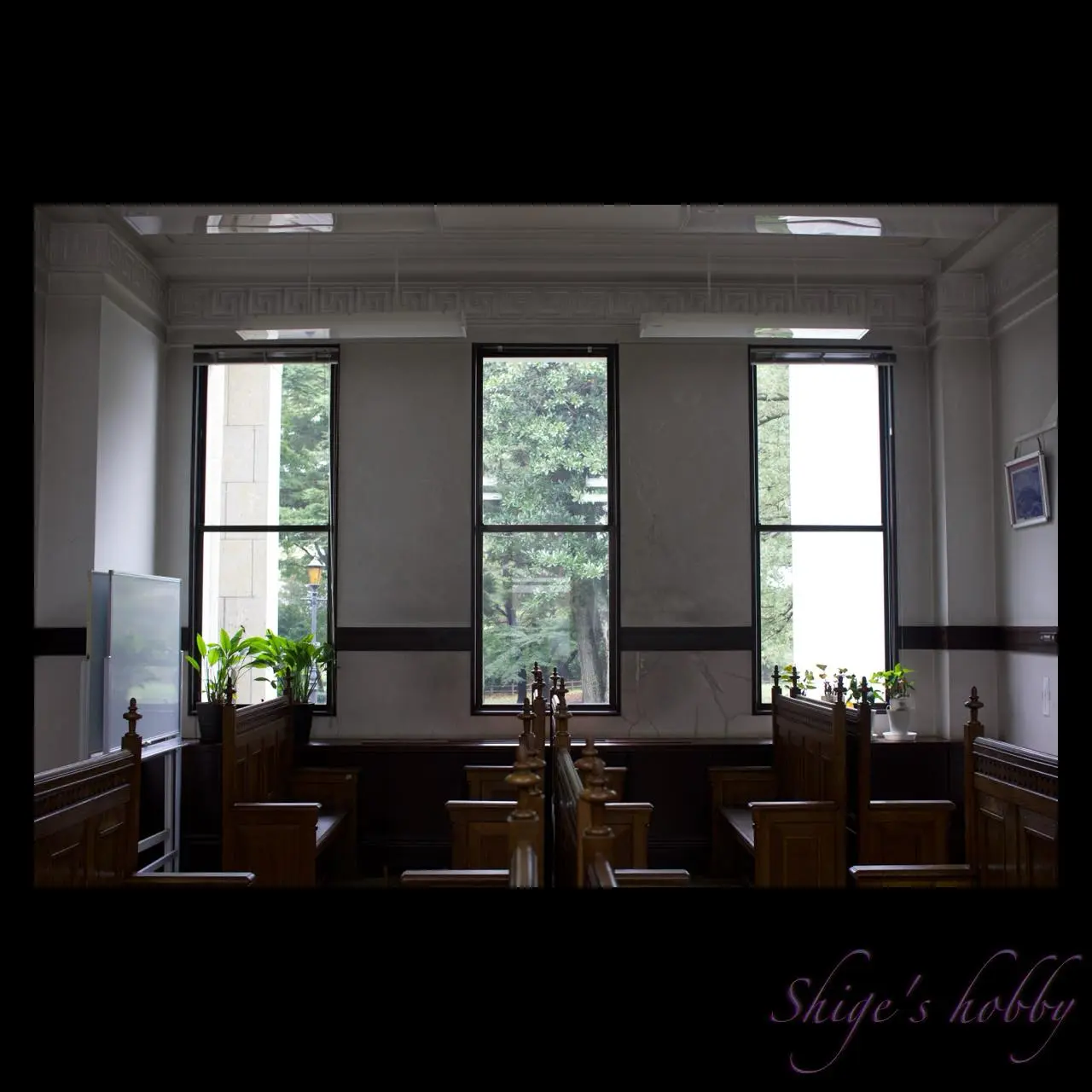

This mount adapter uses a spigot mount to secure the lens, and the mount adapter has a tightening ring for securing the lens (the bulky silver object between the NEX-7 and EF40mm in the photo below). Therefore, when used with the small-bodied NEX-7, there’s very little gap between the camera grip and this ring, making it difficult to hold the camera. This is unavoidable, as the product was designed for the larger-bodied E-mount cine cameras.
Also, infinity adjustment is left to the user, and if you can’t focus on infinity, you can adjust it by referring to the instruction manual. When I first purchased the adapter, I used it without adjusting it without reading the manual carefully, and I had trouble because I couldn’t focus on infinity.
Also, because the magnifying lens is packed into the mount adapter, it’s not suitable for using manual focus lenses with other mount adapters. Some older lenses, in particular, have the rear element close to the film plane, and of the lenses I own, almost all of the Leica R-mount wide-angle lenses I can’t attach because the rear end of the lens interferes with the mount adapter.
The lens name recorded in the EXIF at the time of shooting is “Sony 40mm F2.0,” the focal length is the lens value, and the maximum aperture is the value brightened by the focal reducer. From this, it appears that the focal length is the original value of the lens, and the aperture value is converted by the mount adapter and passed to the camera.

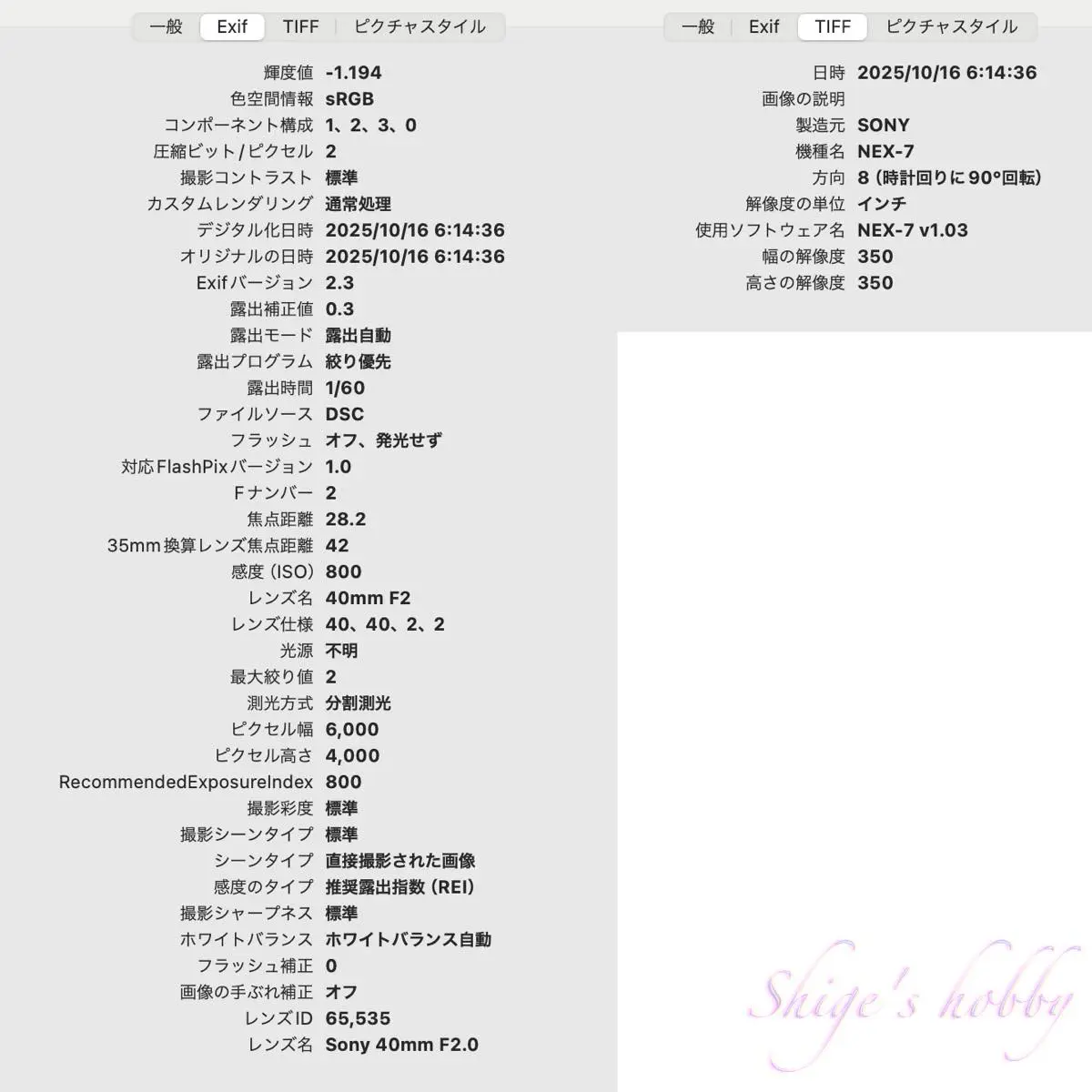
3.Summary
In conclusion, to sum up the EF40mm F2.8 STM is a very compact autofocus lens.
Image quality is somewhat sacrificed due to the body size, so you need to be familiar with the lens’s quirks and deal with them accordingly.
It’s the most compact EF-mount lens, and with the use of a mount adapter it will work with autofocus on various mirrorless cameras, so it’s easy to use and a recommended lens.
Specifications, considerations, etc.
Pancake lenses compatible with 35mm film are available from various manufacturers, but most are manual focus lenses. Some representative examples are listed below.
- Voigtlander ULTORN-SL 40mm
- SMC PENTAX-M 40mm f/2.8
- NIKON AI-S NIKKOR 45mm f/2.8P
- CONTAX TESSAR 45mm f/2.8
The PENTAX DA 40mm is an autofocus pancake lens, but it is compatible with APS-C sensors. Aside from pancake lenses, 40mm lenses are also available from various manufacturers.
Comparing the EF 40mm f/2.8 STM and the Voigtlander ULTORN-SL 40mm, they are identical lenses, both with modified double Gauss lenses. The EF 40mm’s smaller diameter is due to its slower maximum aperture of 2.8 compared to the ULTORN 40mm. The large diameter of the EF40mm lens barrel is thought to be due to the inclusion of an autofocus motor.
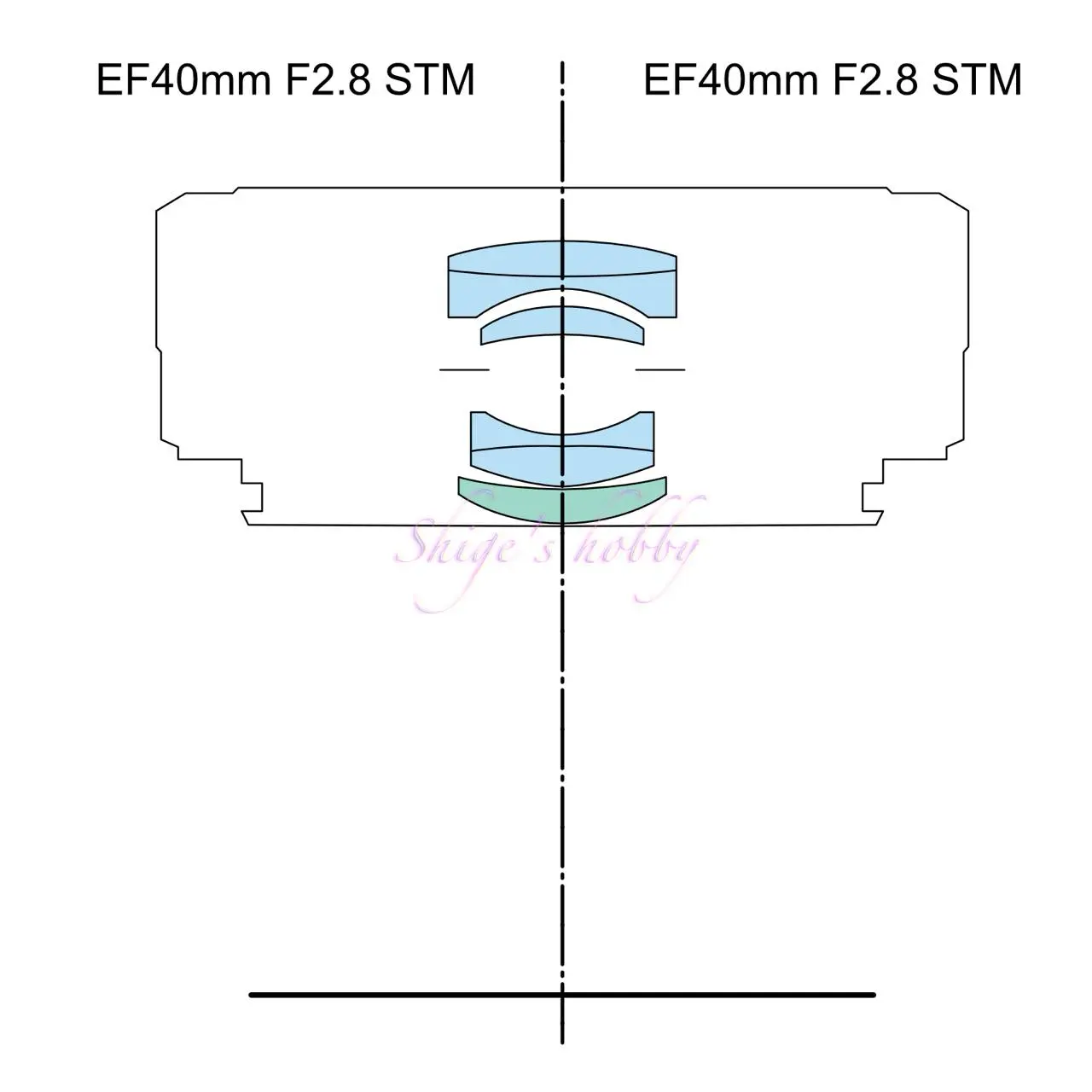
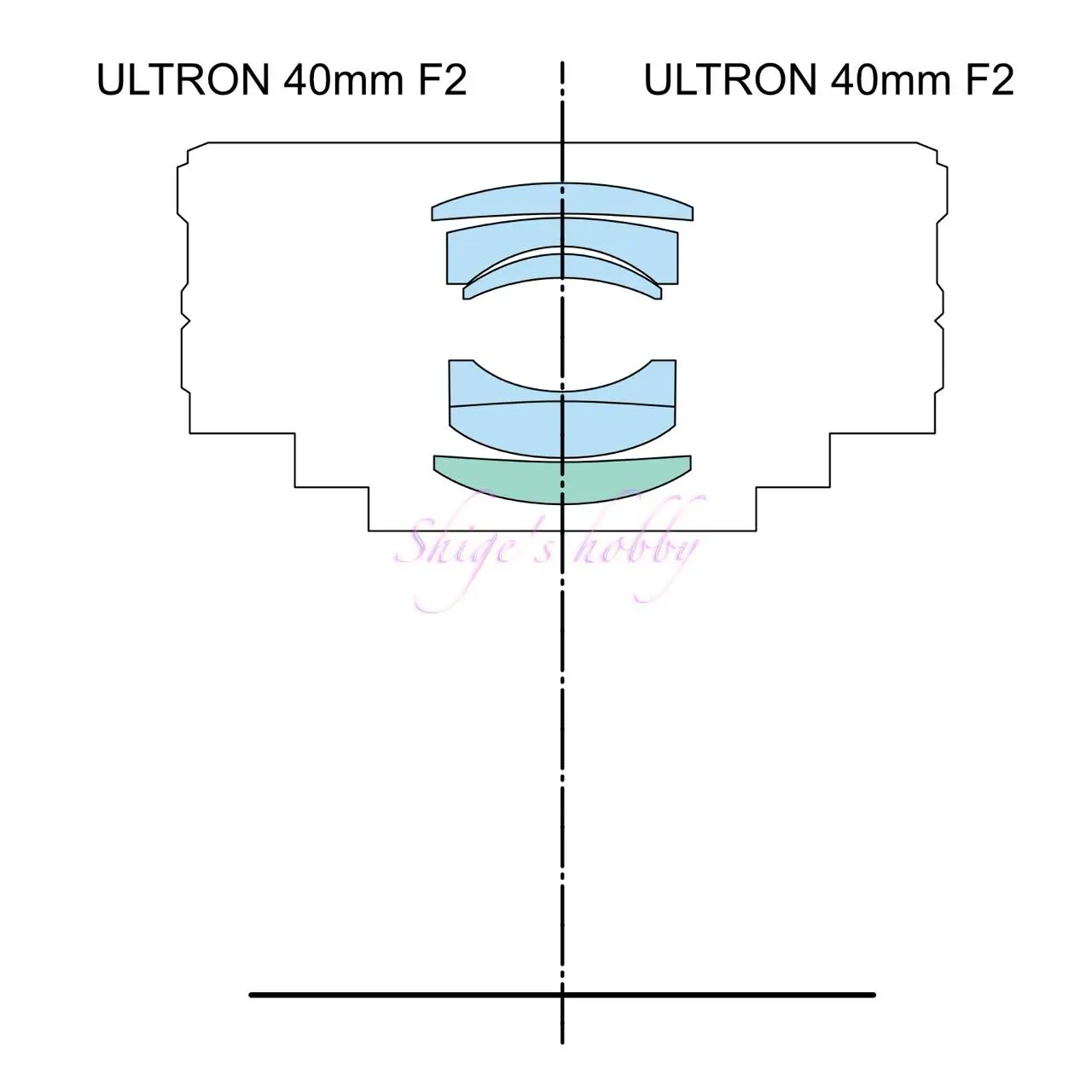
| Items | EF 40mm | ULTRON |
| Focal length(mm) | 40 | 40 |
| Max aperture | 2.8 | 2 |
| Min aperture | 22 | 16 |
| Leaf blade | 7 | 9 |
| Lens Construction | 6 elements in 4 groups | 6 elements in 5 groups |
| Min distance(m) | 0.3 | 0.4 |
| Lens length(mm) | 22.8 | 29.5 |
| Max diameter(mm) | 68.2 | 63.5 |
| Lens hood | 52 | 52 |
| Filter Size(mm) | 130 | 255 |
| Weight(g) | ES-52 | LH-40S LH-40D |
| Lens mount | CANON-EF | Nikon F Olympus OM Canon FD M42 Pentax K Leica R CY |
| Release date | 2012.6 | 2002.05 |
| Price(Yen/No-tax) | ¥23,000 | ¥45,000 |
Reference links
- CANON EF 40mm・CANON Official page
- Viltrox EF-NEX IV Lens Mount Adapter Ring ・Viltrox Official page
- Canon EF Lens to Sony E -mount T CINE Speed Booster ULTRA 0.71x・Metabones Official page
- CANON EOS 1D Mk-IV・Shige’s hobby
- CANON EOS 7D・Shige’s hobby
- SONY α7Sii・Shige’s hobby
- SONY α NEX-7・Shige’s hobby
Affiliate links
- CANON EF 40mm・Ads by Amazon
- CANON EF 40mm・Ads by Rakuten
- CANON EF 40mm・Ads by Yahoo Shopping

Amazon Prime Sale
Update history
- 2025.10.19

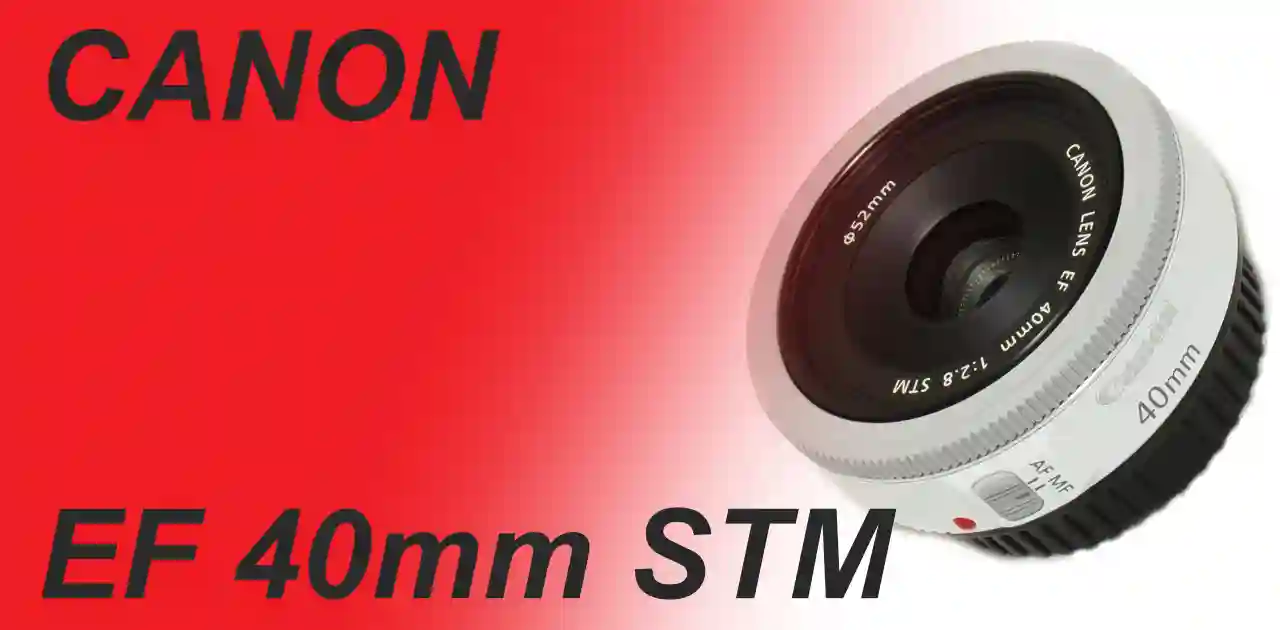
Be First to Comment